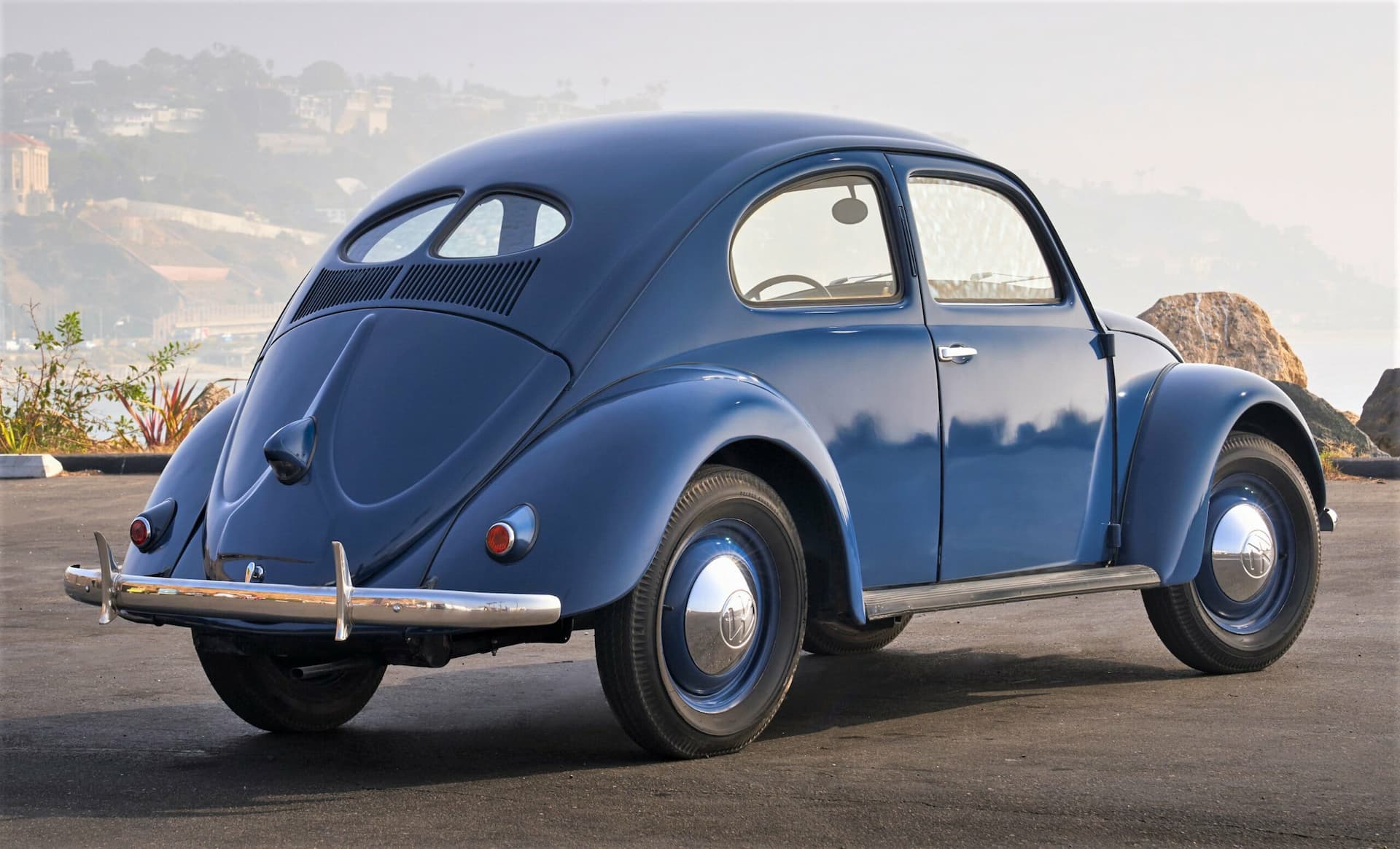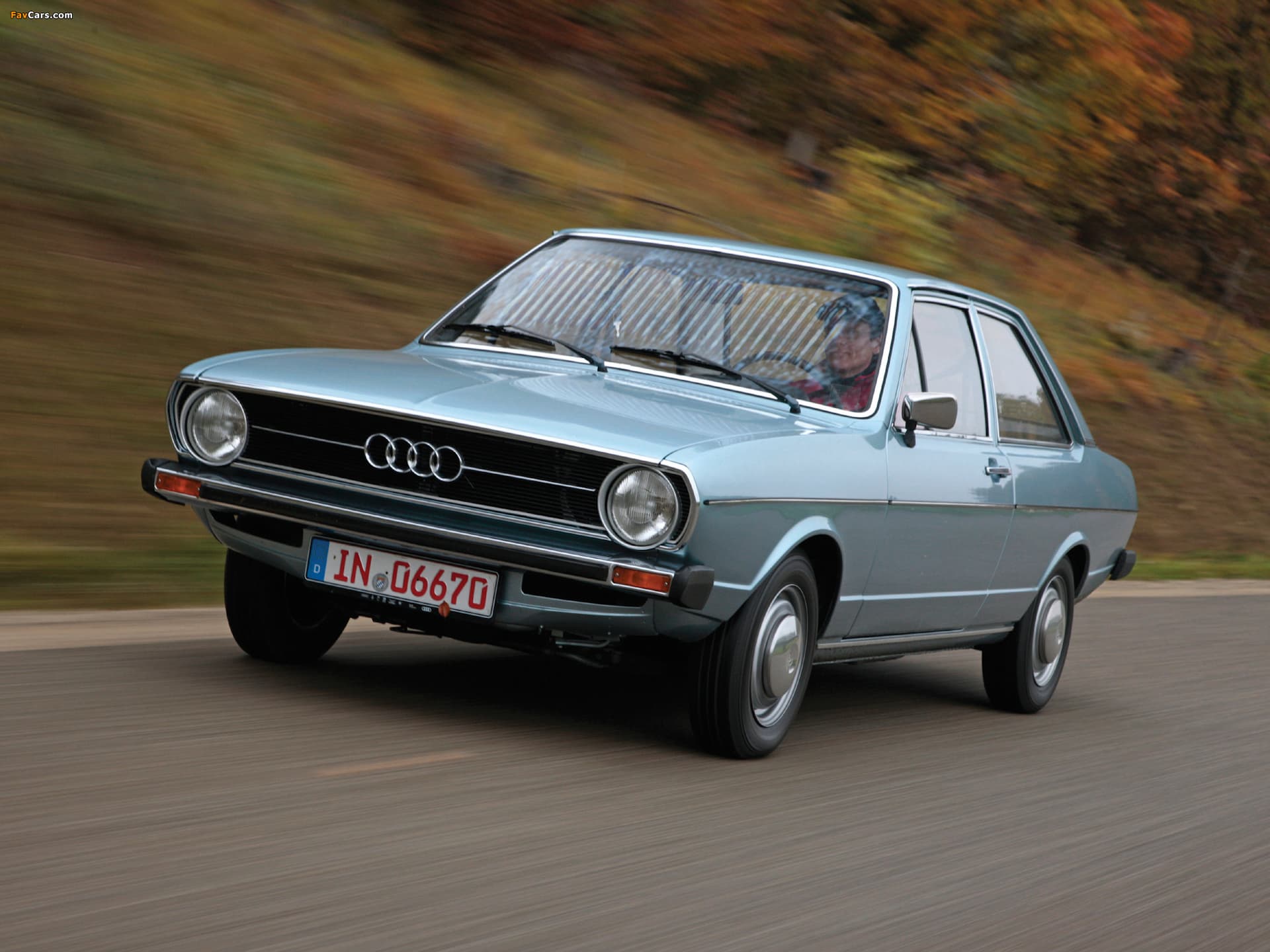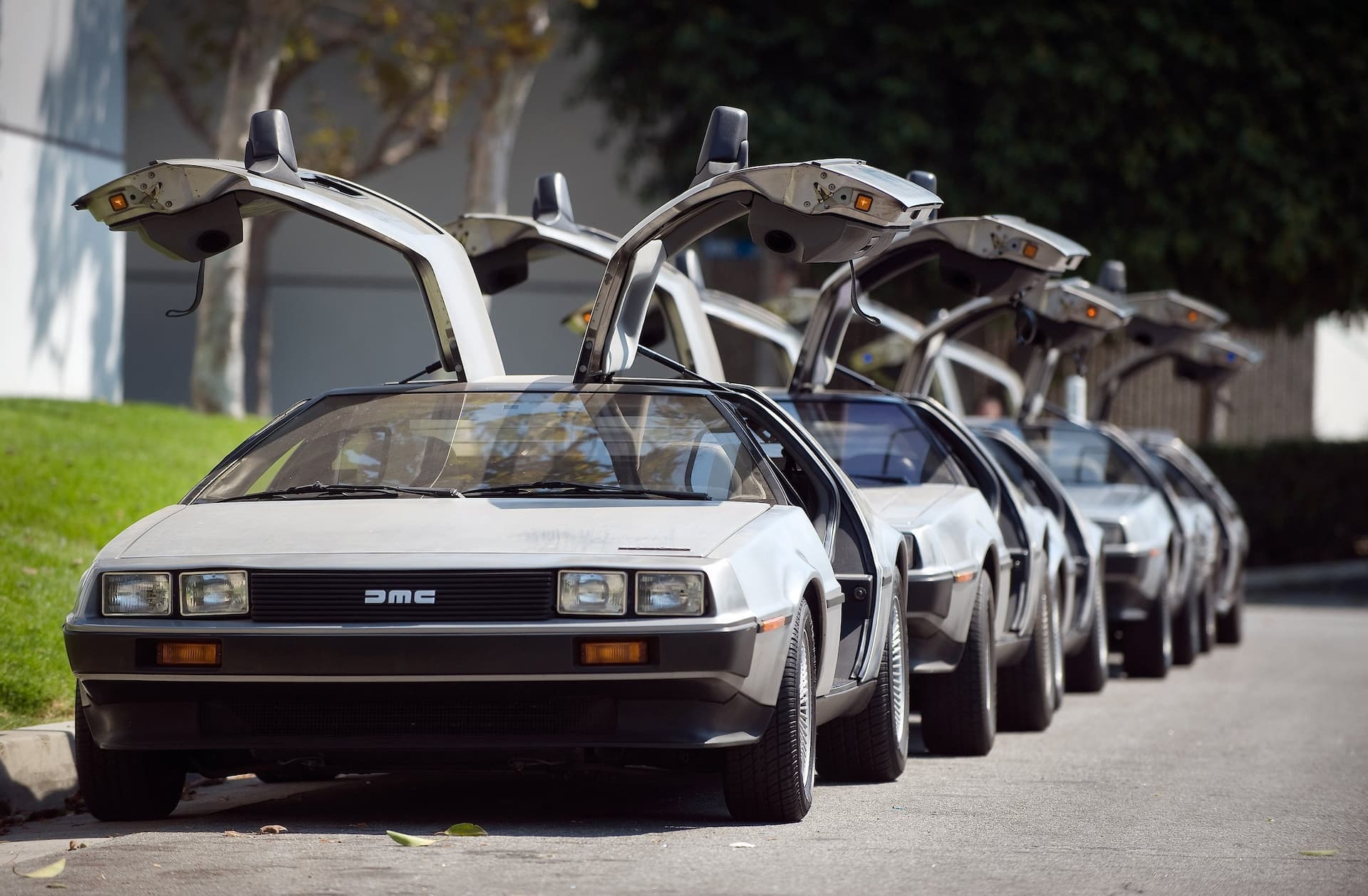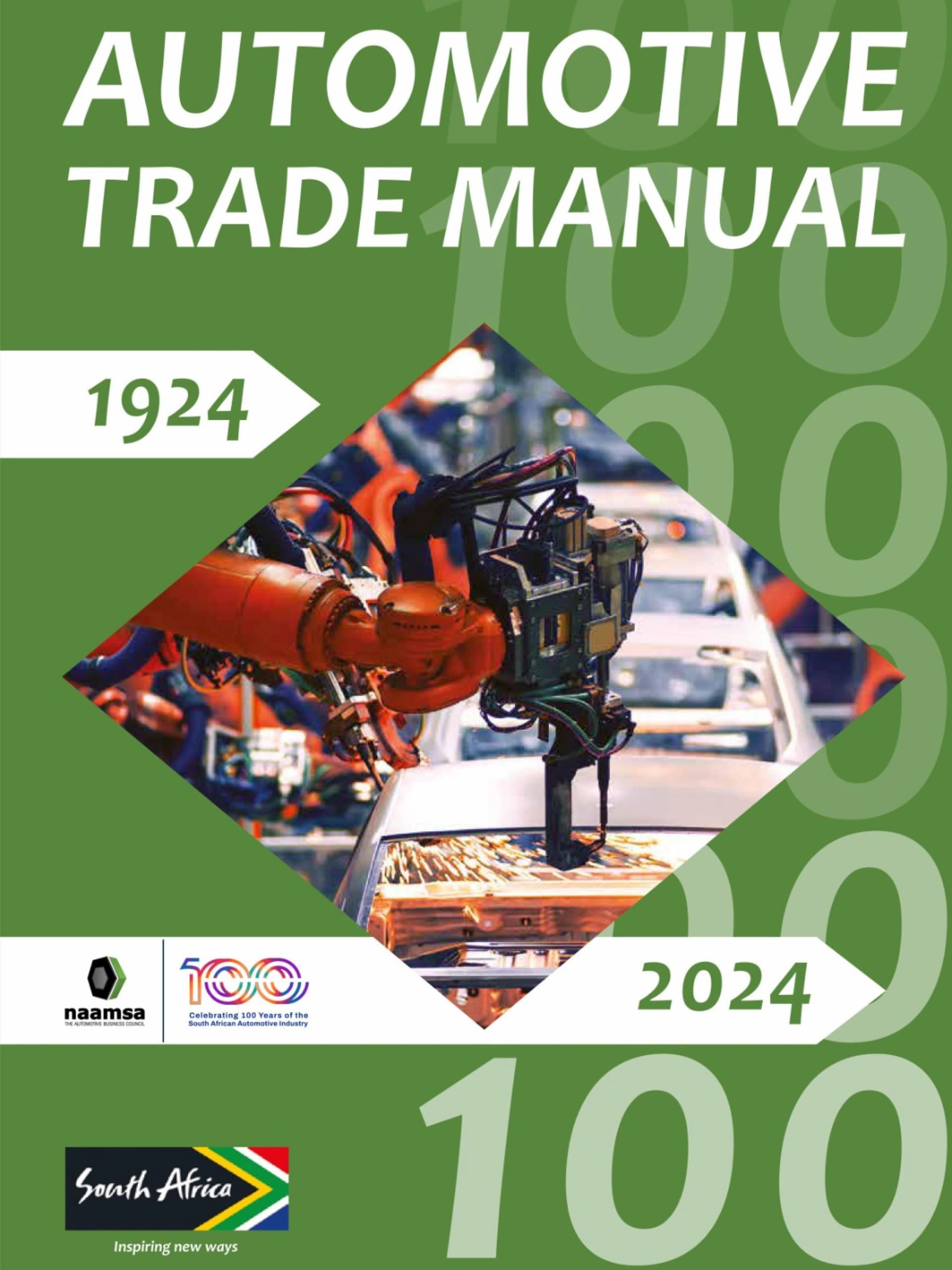Your business is a real entity in itself – a thriving community where each person plays a part in the only purpose any business has – to produce profit. We know this is not easy and for those who started from scratch, the memories of the days where cash went out, but nothing came in, are rarely forgotten.
For vehicle manufacturers and their suppliers, there is quite a high ‘cost of business’. This means there is an expectation of product quality, price, performance and all those things don’t happen by accident or overnight. Imagine if a company strikes success so big that it starts to think there will only be one product sold by them, forever…
BUILDING A GIANT AND NEARLY FALLING OVER
Henry Ford did not invent the mass production line, but in the automotive world, he led the company he founded to immense success. The Model T hit the market perfectly, allowing economies of scale to lower the build cost, so the number of purchasers increased. Crucially, all key factors were in place – economies that were on the up, widespread distribution of petroleum spirit, and lots of businesses to sell as well as maintain the product.
The Model T success came after many, many product failures, where each one of its predecessors gained in reliability with reduced cost. The key to Henry Ford’s success was analysing each step the business made, understanding the reasons for success and why some things did not work, followed by change as fast as possible. Buried in that process was another core idea, the universal parts system, which is still in use by Ford to this day.
Ford Model T sales in the USA rose from just 10,666 cars in 1909 at $825 each, to 2,011,125 by 1923 at $364 each.
But there was trouble ahead. Competitors understood the Model T formula and introduced more modern looking vehicles at equally competitive prices, while the industrial complex to build more than two million vehicles a year worldwide required strong sales to support the immense overhead. Henry Ford did not see the issue, and as sales gracefully fell to 1,554,465 cars in 1926, at a price of $360 each, the writing was on the wall.
Board room meetings were held and those talented leaders Henry Ford had hired warned of the dangers ahead, but as the one who had put the whole complex together, he refused point blank to recognise the product had reached the end of its life. Finally, when it was almost too late, the green light was given to the Model A, which was heavily based on what had worked well before. By necessity, Ford found the way to evolve the business away from almost a single product through careful analysis and quite conservative thinking.
HISTORY REPEATING ITSELF
The process Ford went through with the Model T was repeated by many businesses. Volkswagen, for example, managed with much good will and dedicated assistance to rise from ruin to immense global success, but the core product defined everything the company did. By the mid-1960s the best of the boom was over, so by the late 1960s the annual list of product improvements made zero impact. The market stated its concerns: ‘Why is the engine so noisy, and why is it always in the back?’
Volkswagen acquired the K70 project from NSU as they sank under the Ro80 Wankel engine rotor seal disaster, which allowed the company to quickly create the 1972 Audi 80 (with the new water-cooled engine family from the K70) followed by the 1973 Passat. This immediate success was followed by the 1974 Golf – the second evolution – for which ItalDesign produced a signature design, the core concept was better than the competition, and the price was affordable. The series of hits finally steered Volkswagen away from bankruptcy. The plan was intense, quickly executed and, luckily, successful.
On a different scale, John Z DeLorean decided to build a car he called the DMC-12 with not one, but several issues. First were the gullwing doors, which made the idea of selling a convertible or sedan impossible. Then came the stainless steel skin panels bonded to the glass fibre reinforced plastic body panels, which produced immense colour matching issues with the painted plastic body end caps. Then came a whole gaggle of engineering decisions that made the DMC-12 inferior to the benchmark Renault-Alpine A310 V6, which was out on a limb and eclipsed by the Porsche 911. One of those decisions was to place the business in Northern Ireland which, as it turned out, was not actually the biggest business risk – if anything, this was one decision that worked.
Currently we have a major mess in the automotive sector, as government policy around the world rages against the internal combustion engine. The bulk of the existing industry is immediately associated with ‘legacy’, and in the Silicon Valley way, this word is damning. The upshot is that even though many vehicle manufacturers know full well, while investors are in love with ‘green’, the manufacturers need to play the game if they want to attract investment. They also know an MHEV or HEV system is currently profitable whereas a full electric powertrain is still not. That’s really walking the tight rope.
Refusal to change core product characteristics without consideration of strategy as well as what the competition are doing could be genius… or a near fatal decision. We can see from a company’s standard corporate presentation what they consider to be important, and sometimes that is telling.
WHY RESIST CHANGE?
There are lessons for us all in relying on internal culture alone. We must look outwards and keep asking the question: ‘Have we really done a good job, and if not, how could we do better next time?’ This is far from easy and if we don’t think things through, we can find ourselves going down some expensive blind alleys.
The core metrics of business – what do we do, do our customers want what we do, are there better ways to do what we do – rarely change because if we have these elements balanced, the business will produce a profit. The moment we disregard these principles is the moment a competitor or our customers teach us a lesson. The more successful a business is, the harder it is to step back and view it in an objective way. However, unless we do this, the small problems of the day become the fatal issues of the future.
Our companies are alive. We owe it to them and our colleagues to do everything we can to ensure success.







